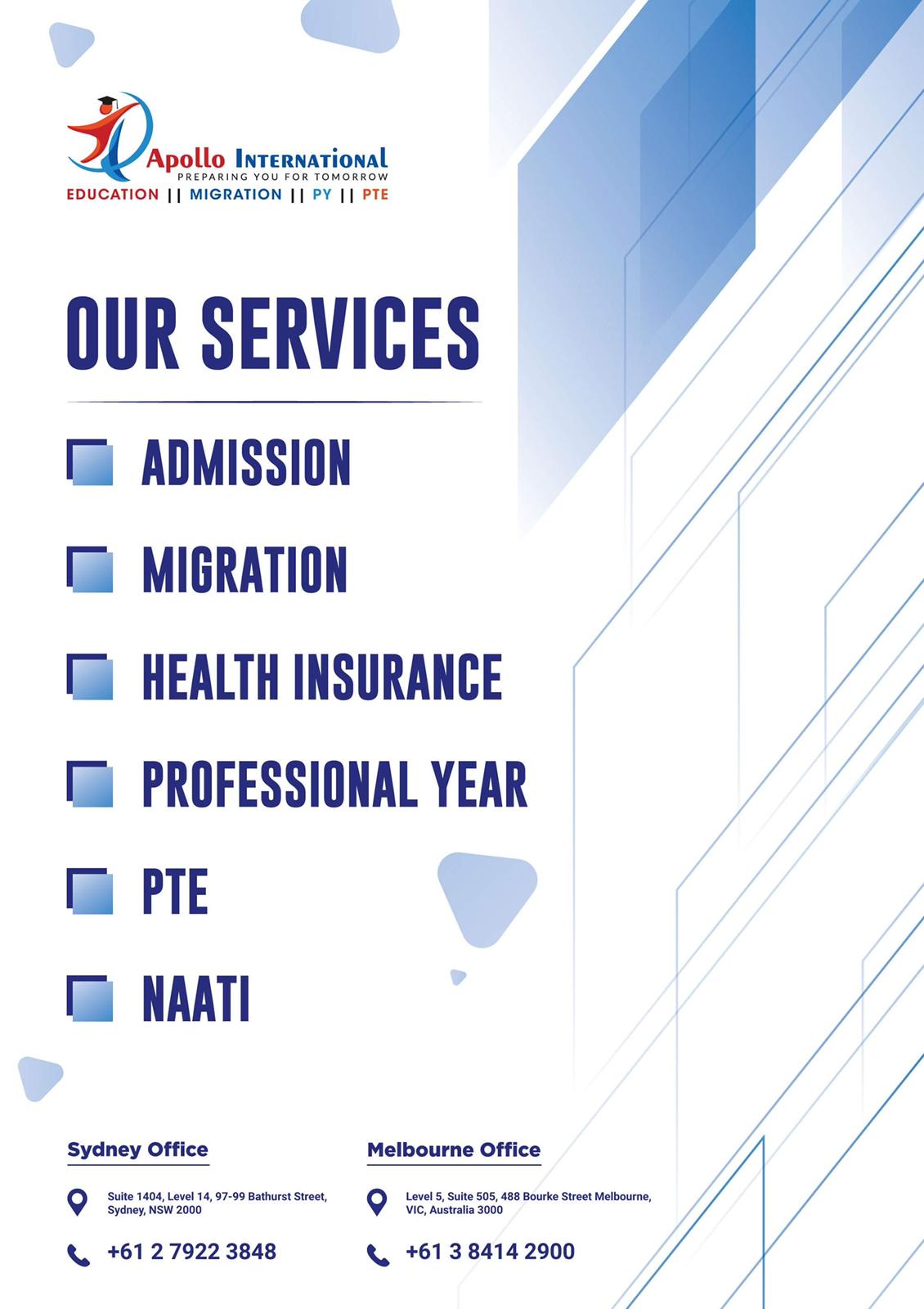Due to her badly bent legs, ten-year-old Marisela Hebson used to frequently trip over and experience intense pain.
But the Year 5 student, who has achondroplasia, the most prevalent form of dwarfism, has discovered a talent — and immense joy — in playing athletics after a series of leg-straightening operations.
In interschool soccer, Marisela, also known as Zels, plays as an attacker for Calvary Christian College in Logan.
She enjoys swimming and surfing and frequently travels to Stradbroke Island with her sports-loving family, which also includes her mother Marissa, father David, and twin brothers Leo and Lachy, who are eight years old.
Zels’ parents didn’t realize how good she was in the water until she placed second in a freestyle competition at her school’s swimming carnival the previous year. They then enrolled her in the Sue Aitken Swim School close to their Thornlands, California, home.
The best workout for her body is swimming, so we’ve always wanted to get her involved. It has little effect, but it’s good for her,” Mrs. Hebson remarked.
“That was the impetus we needed to finally execute it. ‘That’s it,’ my spouse said. Add her to the team.
Zels has been surfing since she was four years old, but thanks to surgery at Brisbane’s Mater Children’s Private Hospital to straighten her legs, she can now play soccer for her school, which appreciates her athleticism.
They believe that I will perform equally to everyone else and stay up with them, too, Zels remarked.
A’simple’ procedure that has a ‘profound effect’
Four tiny metal plates, each approximately the size of a paper clip, were surgically positioned on the exterior of Zels’ tibia and femur bones in both legs in September 2016 by orthopaedic surgeon Ivan Astori.
In an operation known medically as hemi-epiphysiodesis, Dr. Astori used screws to place the stainless steel pieces that resembled Meccano sets over the growth plates of the patient at the knee.
The operation, also known as directed growth surgery, slows the growth of the bones on the outside of her legs while allowing the insides to grow normally, gradually straightening the legs.
Dr. Astori did another surgery to straighten her tibias at the ankles in the middle of 2019.
In order to straighten Zels’ shin bones at the ankle end, he sliced the tibias completely through, a surgery called as an osteotomy, and then rejoined them with plates and screws.
“Without the surgeries she would have struggled with pain and her disability would have worsened,” he claimed.
“The surgery itself is fairly straightforward, but it has had a significant impact.”
The Hebsons emailed Dr. Astori a picture of Zels board surfing about a year after the surgery.
It’s great to see that kind of stuff, he said.
Knowing that a patient I’ve worked with has had that kind of functional progress makes me very happy.
She’s a beautiful girl who has clearly overcome a lot.
Zels went from falling over “all the time” to succeeding in sports because to straightened, pain-free legs and support from Calvary Christian College.
The best choice we’ve ever made, according to Mrs. Hebson, was having her operation.
“The pain simply subsided.”
Zels will compete in swimming, soccer, athletics, and basketball for Australia during the eight-day World Dwarf Games beginning on July 28 at the German Sport University in Cologne.
Zels stated, “I can’t wait to find out if I am truly pretty good because I typically anticipate to lose.
“However, who knows this time? I may be able to get housing. Like you, I also want to make a ton of new pals. The most crucial thing is to have fun.
After watching former British gold medal-winning swimmer Ellie Simmonds, who also has achondroplasia, on YouTube, she is already considering the prospect of competing in the Paralympics in the future.
Zels remarked, “I thought that was really cool. I would like carrying that out.
She also likes to tackle her brothers and closest friend Isla while playing rugby in the garden.
The youngster added, “But sometimes Mom gets furious and tells me to stop.
By sharing Zels’ story, the Hebsons aim to bring much-needed attention to achondroplasia, a type of dwarfism that affects one in 25,000 babies and is brought on by a mutation in the FGFR3 gene.
When Zels’ dwarfism was discovered by a pediatrician at around 10 weeks of age, Mrs. Hebson recalled that the news “hit like an arrow.”
She recalled, “I just remember getting up and walking out.”
“I was only shocked. I didn’t anticipate it. I called the clinic again a few days later and apologized.
“We soon saw our beautiful, content, and flourishing girl. The agony vanished as our admiration and affection for her overcame us.
Due to Zels’ achondroplasia, the family has experienced constant harassment from outsiders, as people with dwarfism explained late last year in the disability royal commission.
When the family is out in public, stares are typical, and Mrs. Hebson reports seeing people pull out their smartphones to capture pictures or videos of her daughter.
It’s not your responsibility to educate them, sweetheart, I keep telling Zels, Mrs. Hebson remarked.
“The best solution is to surround her with as many people as possible who are familiar with her and who don’t notice or care. Right now, she’s content.





